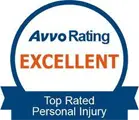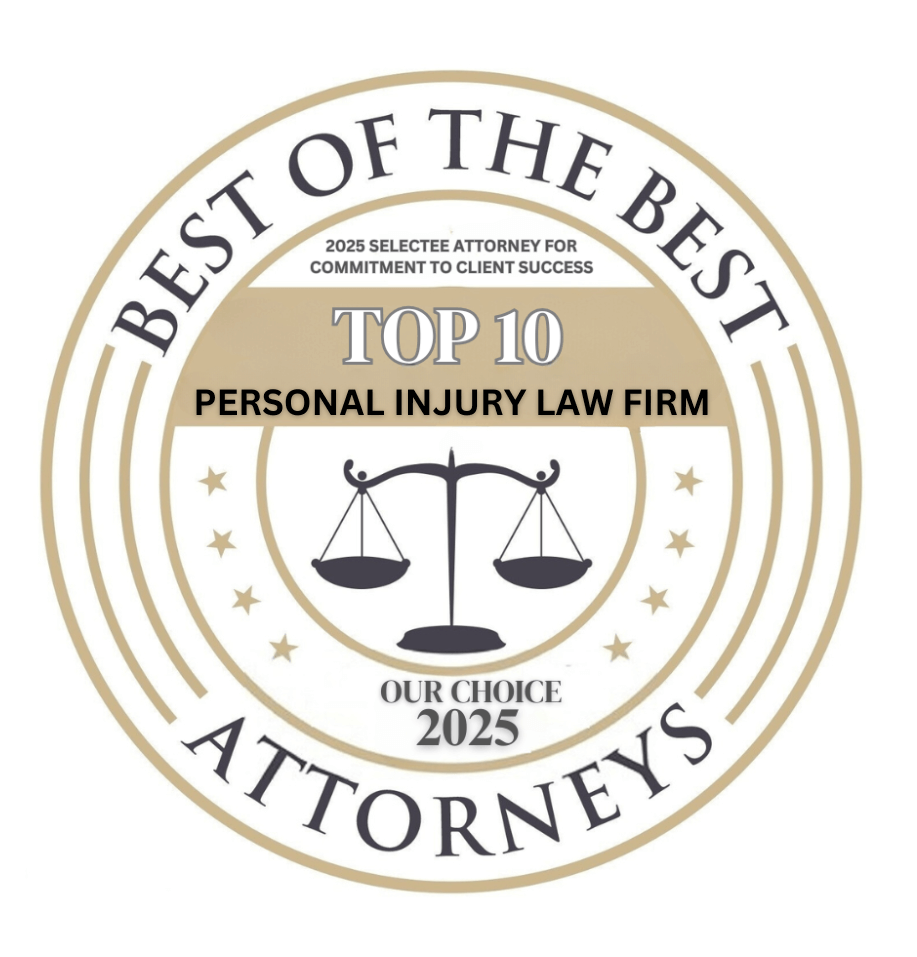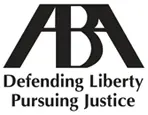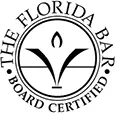Head-On Collisions: Deadly and Direct Impacts

The National Highway Transportation Safety Administration (NHTSA) estimates that more than one quarter of all traffic accidents across the nation are head-on collisions, the second most frequent type of traffic accident. Head-on crashes are among the most treacherous of all motor vehicle accidents, especially when vehicles are traveling at a high speed.
According to the NHTSA, many head-on collisions occur more frequently in rural areas, but those in urban areas are not immune to the danger. Drivers who make negligent decisions while driving or suffer a medical emergency behind the wheel put other motorists at risk for debilitating injuries and sometimes fatality.
When you take the time to learn about head-on collisions, you can avoid causing one or falling victim to one when you are out on the road. Below we provide in-depth information about the causes of head-on collisions, potential injuries victims might suffer, and actions you can take if you lose a loved one in a head-on collision from the skilled car accident attorneys at Boohoff Law.
Driver Behaviors That Can Lead to Head-on Collisions
A variety of different scenarios might directly or indirectly lead to a dangerous head-on crash. Whether driver behaviors are purposeful or accidental, the following driver behaviors most often result in head-on motor vehicle collisions. Remember that determining liability and causation in motor vehicle accidents is one of the most challenging tasks for lawyers and investigators because multiple causes can exist. The following driver behaviors might occur individually or together and might be only one link in the chain of events leading to a traffic accident.
- Wrong-way turns. Drivers who go the wrong way on a one-way road or street can potentially cause a head-on collision if they don’t realize their mistake before it’s too late. Speed limits are lower in Seattle city limits and nearby residential areas, so collisions might not be deadly or result in serious injuries. Entering the wrong exit or entrance ramp to a freeway or interstate is the most dangerous wrong-way turn because of the increased speed. Fatigued drivers, those who are driving under the influence, or distracted driving because they are unfamiliar with the area put motorists at risk for very serious injuries in a head-on collision when they go the wrong way.
- Crossing the centerline. Roads and highways without large center medians can be dangerous for drivers when the other driver swerves into oncoming traffic. Driving distractions, drunk driving, drugged driving, drowsy driving, or a medical emergency like a heart attack or stroke might cause a driver to swerve. Inclement weather creates poor visibility and slippery roads that can also contribute to a driver crossing over the centerline. Some drivers even swerve on purpose to avoid dangers on the road such as crossing animals, dead animals, trash, or load spillage, causing them to cross over the center line and possibly cause a head-on collision with an oncoming vehicle.
- Speeding. Drivers who operate their vehicles above the posted speed limit or travel too fast for road, weather, or traffic conditions, risk losing control of their vehicle. Loss of vehicle control increases the chances of swerving into oncoming traffic and causing a head-on collision. Speeding over hills, on winding roads, or narrow roads can also lead to a driver losing control of their vehicle and causing a head-on accident.
- Passing improperly on two-lane roads. Reckless, aggressive, and impatient motorists might choose to pass the vehicle in front of them on a two-lane road. Safely passing a car on a two-lane road is legal as long as there isn’t a double yellow line, typically present on curves and hills. When negligent and careless drivers choose to pass on a double yellow line, they risk causing a deadly head-on collision. Additionally, drivers who legally pass on two-lane roads purposefully enter the “wrong” lane; if they don’t carefully scan for an oncoming vehicle, they can also cause a head-on collision.
Head-on Collisions Lead to Severe Injuries
Being involved in a head-on collision can lead to a wide array of injuries depending on a person’s location in the vehicle during impact, the size and type of motor vehicles in the accident, and the speed at which impact occurs. Less severe collisions cause bodies to head towards the front of the car, but airbags and seatbelts can stop some of the movement.
At high speeds, the most severe, catastrophic, and sometimes fatal, injuries occur during a head-on collision. When drivers and passengers aren’t wearing seat belts, the likelihood of debilitating or deadly injuries exponentially increases. Injuries that victims of head-on collisions might experience include:
Painful Neck Injuries
Car accidents remain the most common cause of whiplash, which frequently occurs during head-on collisions. Whiplash is a soft tissue injury that happens when a person’s neck suddenly extends and flexes. The National Institute of Health reports that whiplash causes damage between the vertebrae in the neck, discs, muscles, ligaments, and nerves. Severe cases of whiplash might show symptoms shortly after a head-on collision, but many symptoms don’t show up for days or weeks. Some common signs of whiplash include:
- Pain and stiffness in the neck
- Headaches
- Dizziness
- Prickling, burning, or other abnormal sensations in the neck
- Back and shoulder pain
- Difficulty concentrating
- Memory loss
- Irritability
- Abnormal sleeping patterns
- Fatigue and lethargy
- Depression and anxiety
Many whiplash victims can wear a special brace for their neck and will likely heal completely within two or three months. Yet, in severe head-on collisions, accident victims might have to cope with residual headaches and chronic pain for life.
Traumatic Brain Injuries (TBI)
Head-on collisions can lead to traumatic brain injuries; mild TBIs, typically referred to as concussions, often heal on their own after a few weeks. Moderate to severe TBIs can take months to heal and put victims at risk for lifelong struggles with residual headaches and other symptoms associated with brain damage.
A TBI can occur from blunt force trauma to the head—that is, an object directly comes in contact with the head and causes the brain to shift inside of the skull. In a head-on collision, a driver might hit his head on the steering wheel if the airbag fails or passengers who aren’t wearing seat belts might fly forward and hit their head on a seat or the windshield.
A driver or passenger, however, does not need to strike their head to suffer a TBI. The impact of collision causes a jolt, which is sometimes strong enough to move a person’s brain around in their head. The faster two vehicles are traveling when a head-on collision occurs, the higher the likelihood that occupants might suffer a TBI. Whether direct or indirect, a TBI can alter a victim’s life and is especially dangerous for teens and young children, whose brains don’t fully develop until they are in their 20s.
The Centers for Disease Control and Prevention (CDC) warn of the serious short-term and long-term effects of a traumatic brain injury. Effects fall into four different areas of brain function, including:
- Struggles with remembering and logical reasoning
- Loss of sensations or abnormal sensations that can damage vision, hearing, taste, touch, and balance
- Difficulty with language functions such as communicating, expressing emotions and ideas, and understanding abstract ideas
- Emotional challenges such as changes in personality, increased aggression, anger, anxiety, and depression
According to the CDC, a severe TBI might also lead to epilepsy and increased risk for neurological conditions such as Parkinson’s disease and Alzheimer’s.
Back Injuries
The force of impact from a traffic accident causes occupant bodies to move around in multiple ways, sometimes in unnatural positions. This can result in severe and crippling back injuries. Back injuries vary but include broken vertebrae, bulged discs, and slipped discs. In many situations, back injury victims must undergo one or more corrective surgeries, which can require screws, plates, braces, and other devices. Yet, even after doctors do their best to fix a back injury and alleviate pain for accident injury victims, their patients might still have to cope with debilitating pain for the rest of their lives.
Pain management is a large part of living with a back injury. Severe back injuries make it difficult for victims to find comfort in any position and doctors sometimes prescribe highly addictive opioid painkillers. Among those who suffer injuries in a head-on collision, those with back injuries have the highest likelihood of having to deal with addiction issues related to pain management.
Spinal Cord Injuries
In severe head-on collisions, drivers and passengers risk suffering a spinal cord injury. As if back injuries aren’t bad enough, back injuries that impact the spinal cord often have a more detrimental impact on a car accident injury victim. In most cases a spinal cord injury results in some loss of body function, but the severity of the injury and the location of the injury will determine the extent of the loss.
Minor injuries may heal on their own and victims have a good chance of regaining all loss of function; however, severe spinal cord injuries can result in permanent paralysis in affected areas. Spinal cord damage occurring closer to the brain impacts more of the body, and damage occurring further down the spinal column causes less loss of function. Those who suffer severe spinal cord injuries often must be confined to a wheelchair. The most severe spinal cord injuries result in tetraplegia, total loss of function below the neck.
Limb Crush/Amputation
Drivers and front-seat passengers involved in head-on collisions are especially at risk for limb crush and/or amputation if the front end of their vehicle crumples and completely collapses. The impact of a head-on collision might lead to legs, ankles, and feet getting pinned or crushed. Limb crush means a limb loses blood flow from the rest of the body, creating a potentially fatal issue. Doctors always do their best to revive a crushed limb and return blood flow, so victims can make a full recovery.
Yet, in some cases, doctors must amputate crushed limbs to save a person’s life. Amputation requires extensive recovery that can last for years and victims must learn how to cope with their loss, which sometimes includes learning how to use an artificial limb. Amputations also carry emotional trauma resulting in anger, aggression, humiliation, and embarrassment, requiring psychological counseling to help victims work through their injuries.
Internal Organ Injuries
The force of impact from a head-on collision can cause drivers and occupants to break one or more ribs, especially when the accident occurs at high speeds. Broken ribs cause pain, but they heal with rest and time. Broken ribs, however, can puncture organs and cause severe internal hemorrhaging and potentially fatal organ damage.
Those involved in a head-on collision might experience generalized pain and won’t be able to tell if they have an internal injury, making it imperative to let a doctor examine them as soon as possible. Failure to seek medical treatment can lead to death when an internal injury goes untreated. Infants and young children are especially at risk if harnesses on a car seat aren’t adjusted and secured appropriately.
When a Loved One Dies in a Head-On Collision
If you lose a loved one in a head-on collision, Washington law permits survivors to sue the at-fault driver and other potentially liable parties for compensation related to damages from death. This likely includes an insurance company, but might also include other parties. Depending on your relationship with the deceased, you might be able to receive compensation for medical costs up to the time of death, funeral costs, and burial costs.
Eligible surviving family members might also receive compensation for non-economic damages such as loss of support for dependents, loss of companionship for a spouse, the pain and suffering your loved one felt until death, and mental anguish as a result of your family member’s death.
With emotions running high for you and your family during this difficult time, an experienced auto accident lawyer can advise you on the best course of action for your wrongful death claim and who you should name in the suit while you focus on coping with your loss.
2200 6th Avenue, Suite 768
Seattle, WA 98121
Free Consultation
We Are Here For You 24/7
Reviews
– Elissa M.
“Really pleased with Boohoff Law! Received immediate responses when I had any questions. Treated amazingly by all staff … made this process a true breeze!”
– Caitlyn M.
– Brandy K.
Related Posts
How Can Dashcam or GoPro Footage Help My Motorcycle Accident Case?
What Happens if the Trucking Company Claims I Was in the Blind Spot?
Wrecked by a Semi in a Pile-Up? How To File a Claim if You Were Injured in a Multi-Vehicle Truck Crash
Recovery is personal.
We’re here for you.
We’re close by. And if you can’t make it to us, we’ll meet you where you need us, at home or in the hospital.
You're better off with Boohoff.











The information on this website is for general information purposes only. Nothing on this site should be taken as legal advice for any individual case or situation. This information is not intended to create, and receipt or viewing does not constitute, an attorney-client relationship.
available 24/7
(877) 999-9999
